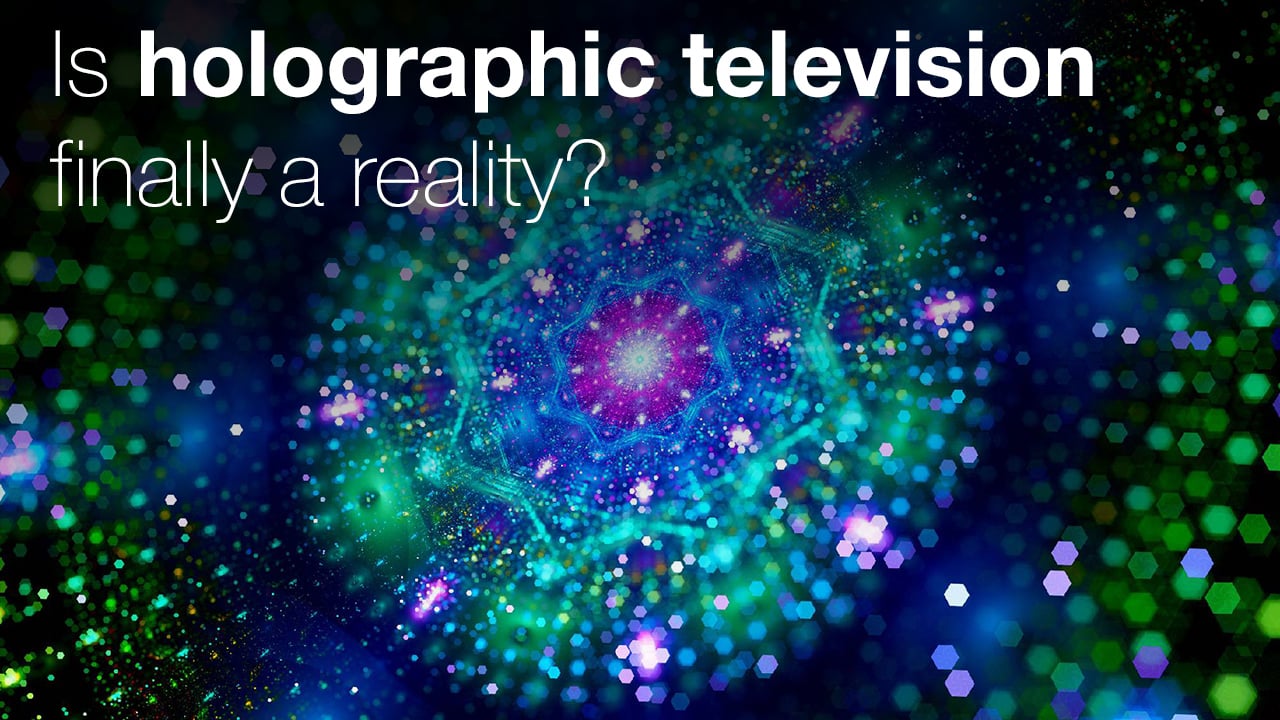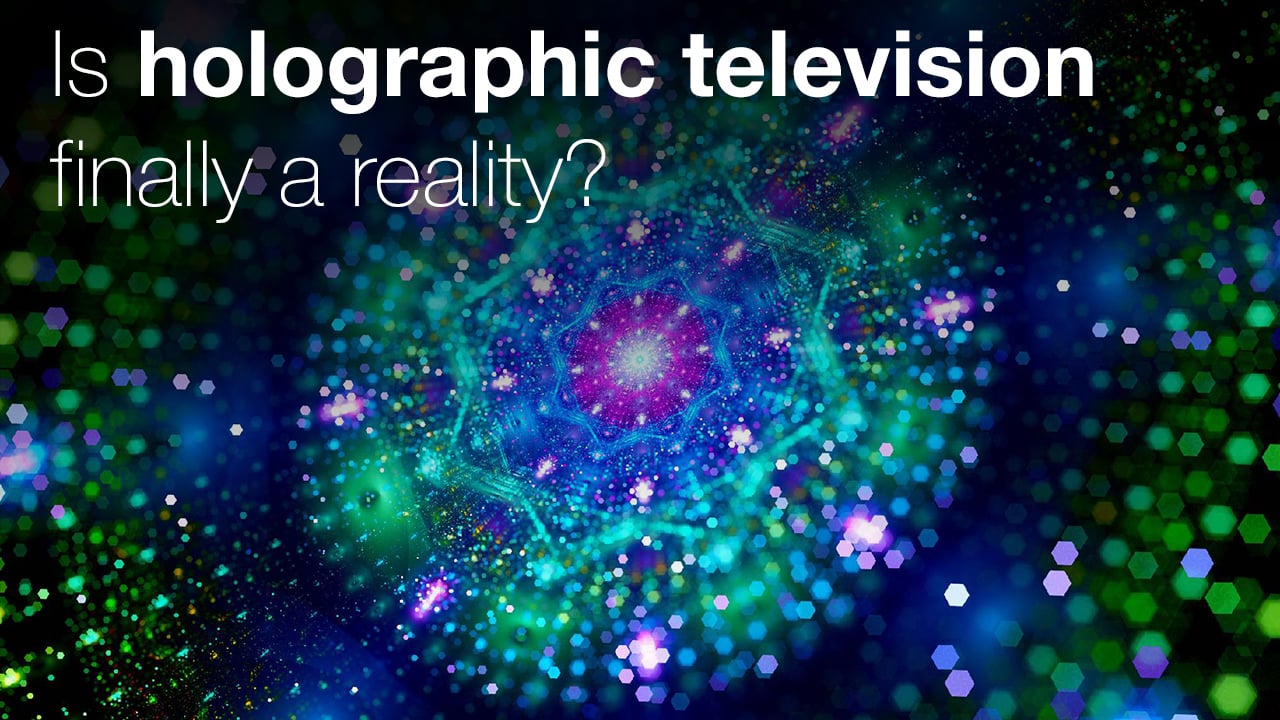
 Could we be watching holographic television in two years?
Could we be watching holographic television in two years?
If you think Star Trek’s Holodeck and Star Wars’ holographic Princess Leia are still pie in the sky, think again. A US startup is targeting the launch of a holographic TV in just two years.
It’s not any old startup either. Light Field Lab is the new vehicle for three senior executives who recently departed Lytro, the developer of light field cameras such as the Cinema Camera and Immerge.
The company helped commercialise light field photography with the original Lytro stills camera and is now pioneering light field video. Light field is the ability to capture light flowing in every direction through every point in space, making it possible to adjust fundamental image properties like focus and depth of field in post production. While the Cinema Camera is currently being used to assist in reconstructing advanced depth maps for visual effects in Hollywood, the end goal is to present scenes holographically. But on what? That’s the nut that several Silicon Valley companies are trying to crack.
Given the pedigree of its founders — Jon Karafin, CEO, Brendan Bevensee, CTO, and Ed Ibe, VP of Engineering — Light Field Lab may have legs.
Karafin presented the technology at IBC and it’s pretty eye-popping. While much is still in development, it is targeting having engineering samples to distribute next year and development kits in 2019. “To provide the world with the ability to explore holographic media,” he explained.
“Light field, volumetric and holographic all have precise scientific definitions, but they are generally interchangeable from a marketing standpoint,” he said.
“It would be like asking the difference between an LED, OLED, CRT, and LCD television; on a technical level they are distinct, but the outcome is relatively similar.”
There are many holographic variations that aspire to display virtual objects without the use of a head-mounted device or stereoscopic glasses. In general, this is achieved through emitting light from each photosite (pixel) such that the viewer only sees it when certain conditions, such as ray angle or wavelength, are met. This can be achieved with lasers, optics, or other emerging beam-steering methodologies.
According to Karafin, a true light field display — which his company is designing — provides an experience “just like watching a play in a theatre” where everyone sees the same narrative but views it from their own place in the audience.
“Our passion is for immersive displays that provide a group social experience, instead of one where the whole audience sees a single identical view but is blocked off from each other by headsets or other devices,” he said. “However, the light field can be creatively changed so that everyone sees the same thing, or completely different things.”
Light Field Lab is also building out a ‘holographic ecosystem’ in order to ensure the quality and proliferation of the light field experience.
This includes the integration of senses — and believe it or not this includes smell.
“We are working towards technologies that allow you to interact and feel holographic objects, as well as the encoding and decoding methodologies required to smoothly stream light field data,” Karafin said.
“The storage and processing requirements will be massive but not insurmountable,” he said. The proposal is that these will scale based on the viewing volume or area, within the user’s view, as well as the amount of light field compression applied.
In theory, the incoming 5G mobile phone network has enough bandwidth and speed to deliver data.
The company will use the prototype to try and secure more financing to fund development of a larger-scale version.
Also underway at Light Field Lab is a universal API to streamline the process of bringing existing content to a light field display with holographic media.
The first application may be consumer displays for use in the living room, but the company sees applications for live venues, medical and education, theme parks and gaming and eventually even consumer applications like a mobile phone with a holographic display.
3D TV failed and auto-stereo never took off but this could be the real deal.
“We have a novel illumination system and a very complex set of optics that allow us to create a completely flat-panel holographic display,” Karafin said. “It will look like a flat-panel display and this is the game-changing aspect of our specific implementation.”
Tags: VR & AR


Comments